The menstrual cycle in women is usually 28-30 days. A variation of 7 days earlier or later is still considered normal, as the length of the cycle varies from person to person. However, if the period is delayed for more than 7 days, it is considered a delayed menstruation. There are two main reasons to consider for a delayed menstruation: pregnancy and menstrual irregularities. For menstrual irregularities, traditional Chinese medicine experts recommend a herbal tea for regulating the menstrual cycle.
Recipe: 3g Ligusticum chuanxiong, 3g safflower, 6g rose petals. Put two cups of water in a pot, bring to a boil, then add the ingredients and simmer over low heat for a while. Add some rock sugar or honey to taste. Drink the tea warm during the week before the expected period.
In traditional Chinese medicine, it is believed that menstrual disorders are related to kidney function, as well as the spleen, liver, qi and blood, chong mai, ren mai, and uterus. There are mainly two types of menstrual disorders: deficiency patterns, which are characterized by pain when the body's qi and blood are weak or the liver and kidneys are deficient. People with this pattern should pay attention to tonifying their qi and blood, or nourishing their liver and kidneys. The second type is excess patterns, characterized by pain due to poor blood circulation. People with this pattern should focus on promoting blood circulation and removing stasis. The above herbal tea can be used to regulate delayed menstruation caused by an excess pattern. Ligusticum chuanxiong has the functions of promoting blood circulation, relieving pain, and resolving stagnation. It is an important herb in the famous postpartum formula "Shenghua Tang" from the Tang Dynasty's "Rihuazi Bencao". However, Ligusticum chuanxiong has a warm and dispersing nature, so it should be used with caution in cases of excessive menstruation, bleeding disorders, and pregnancy. Ligusticum chuanxiong should not be used alone; it should be combined with herbs that tonify qi and blood. In addition, when using a large dosage of Ligusticum chuanxiong, dizziness and nausea may occur, so it should be used with caution. For health maintenance purposes, it is better to use less than 5g. Safflower also has the functions of promoting blood circulation, relieving swelling and pain, and improving skin complexion. It has significant effects on dysmenorrhea and menstrual irregularities in women, making it an excellent product for middle-aged and young women's health. Additionally, the liver in traditional Chinese medicine is believed to have the functions of regulating blood, storing blood, and circulating blood throughout the body. Since menstruation involves blood, it is important to address liver health when regulating the menstrual cycle. Rose petals are added to the tea because they have a mild floral scent. Women often experience emotional irritability before or during menstruation, and drinking rose petal tea can help regulate mood. Rose petals also have the function of promoting blood circulation and resolving stasis. However, it is generally not recommended to consume during menstruation, as it may cause excessive bleeding. Alternatively, you can use rose flowers as a substitute for rose petals. Rose flowers, also known as "yuemonth red," have similar flowering characteristics to the physiological cycle of menstruation in women. Therefore, rose flowers are also a good remedy for regulating the menstrual cycle in women, with the functions of regulating menstruation, promoting blood circulation, and relieving abdominal pain.



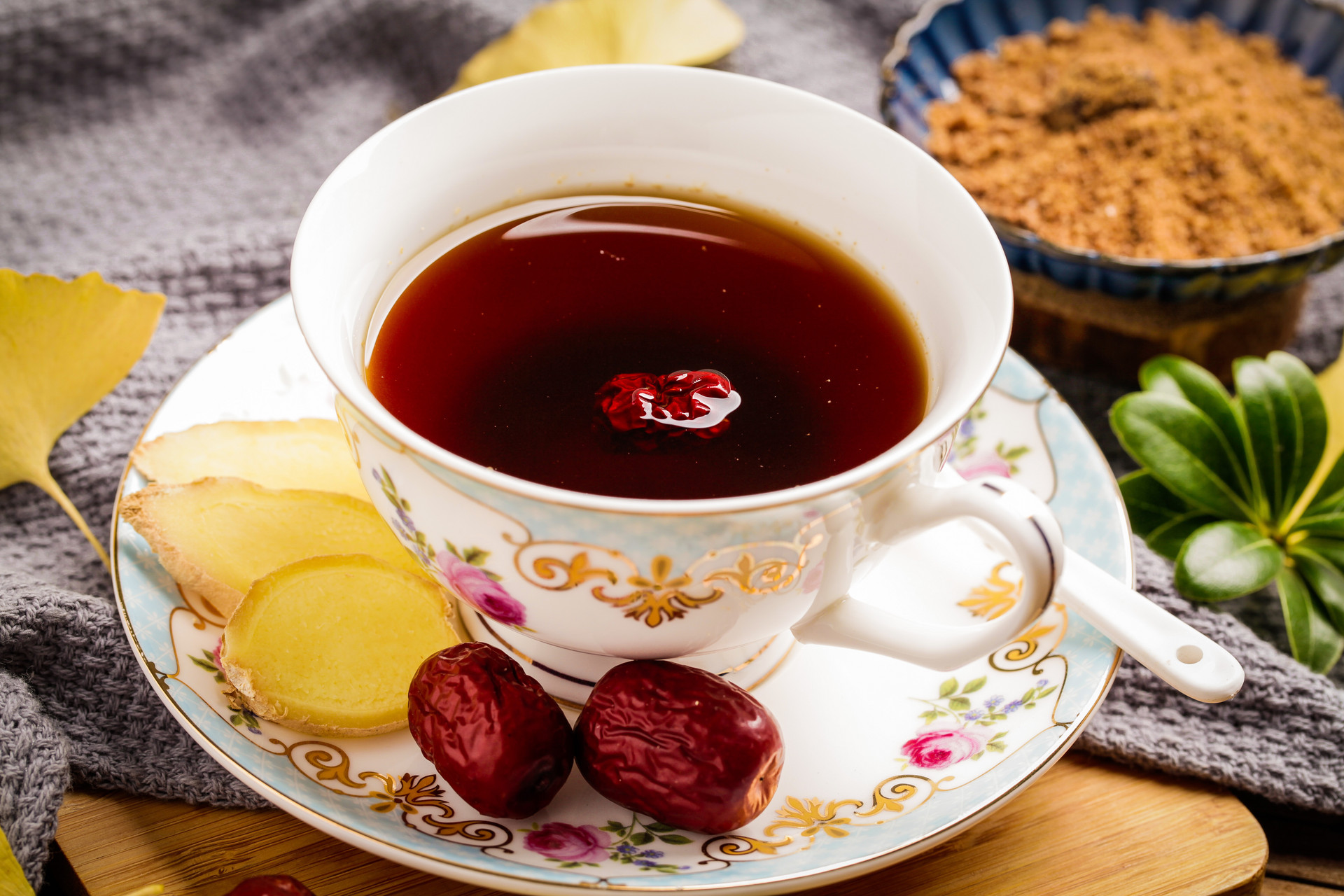
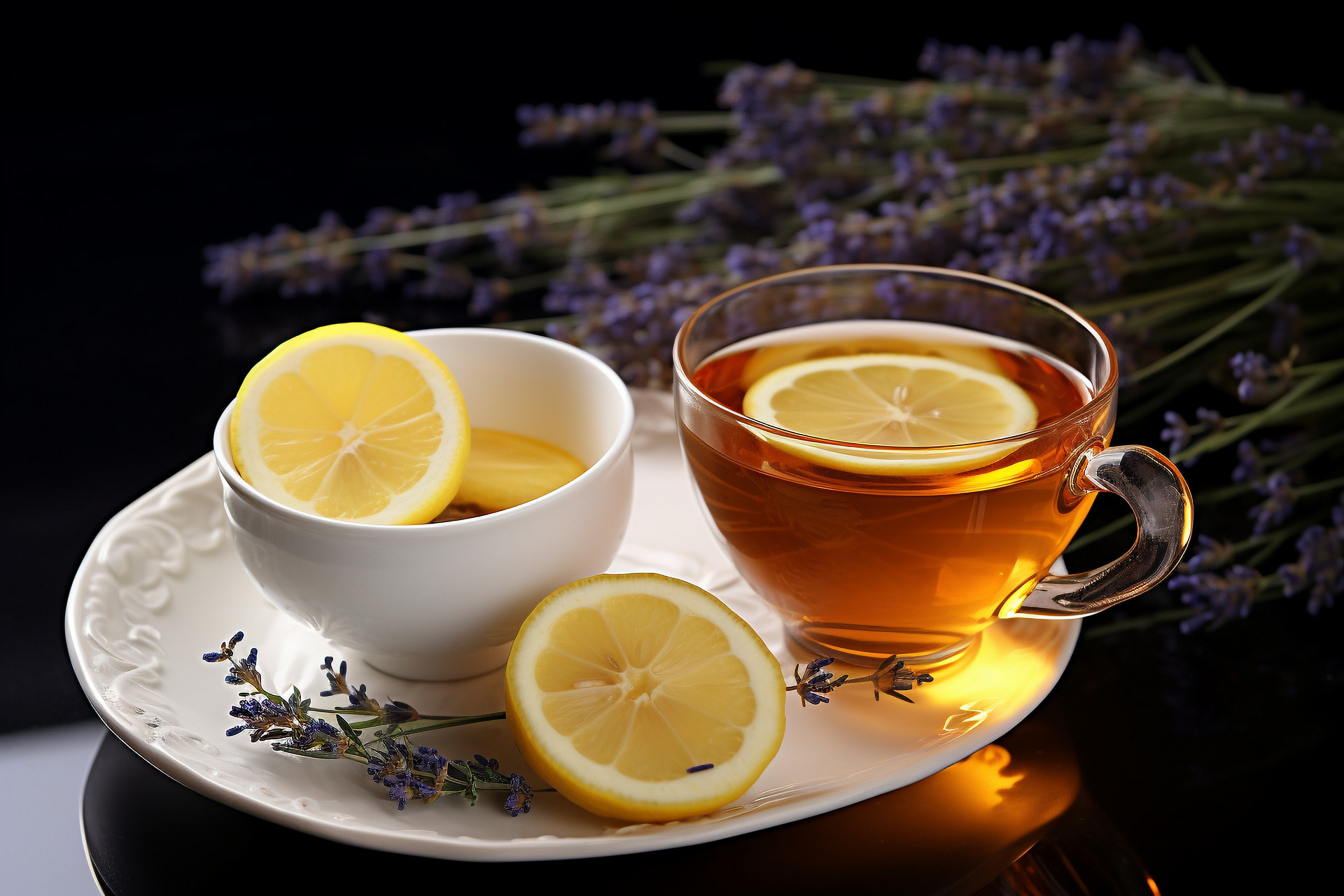
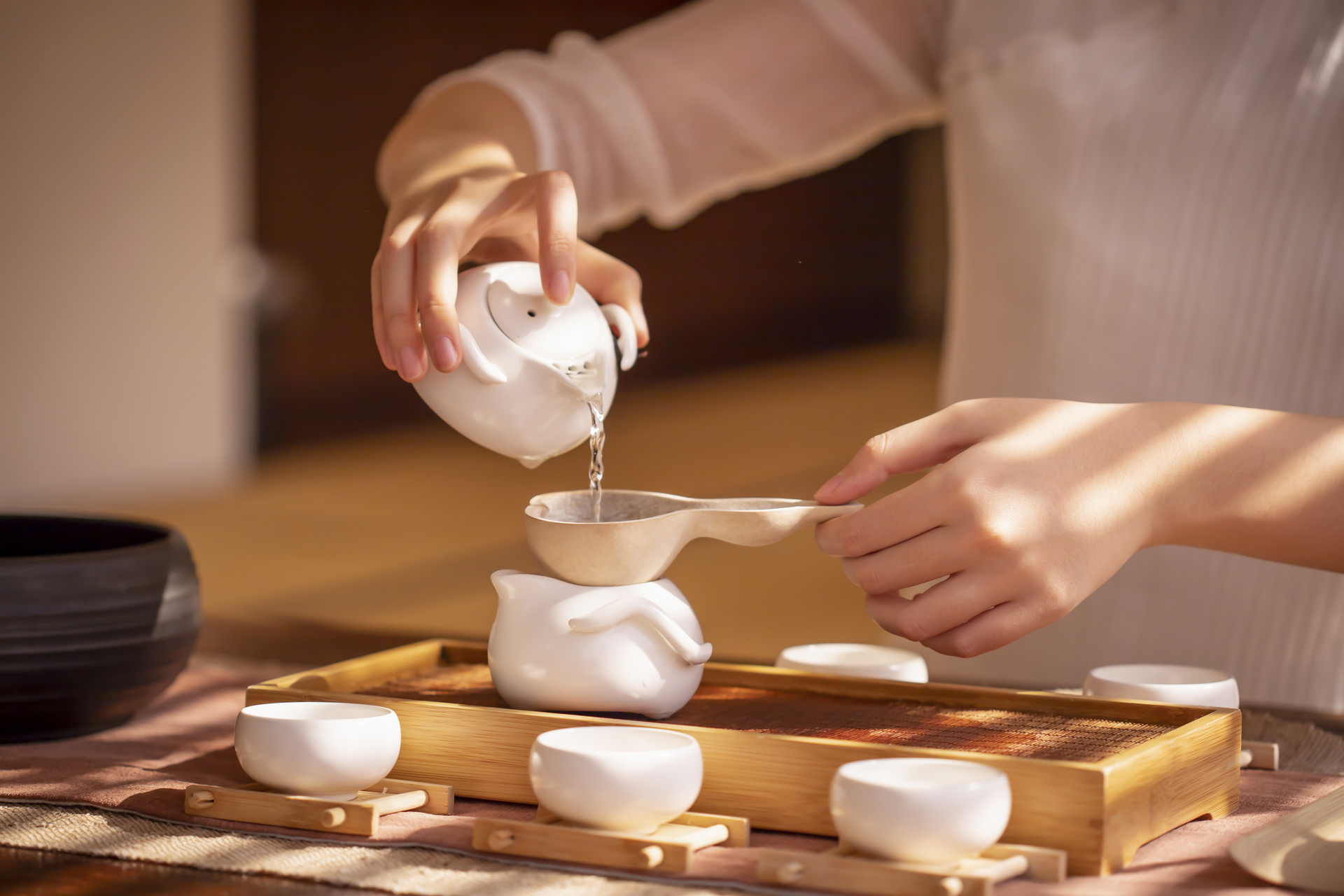


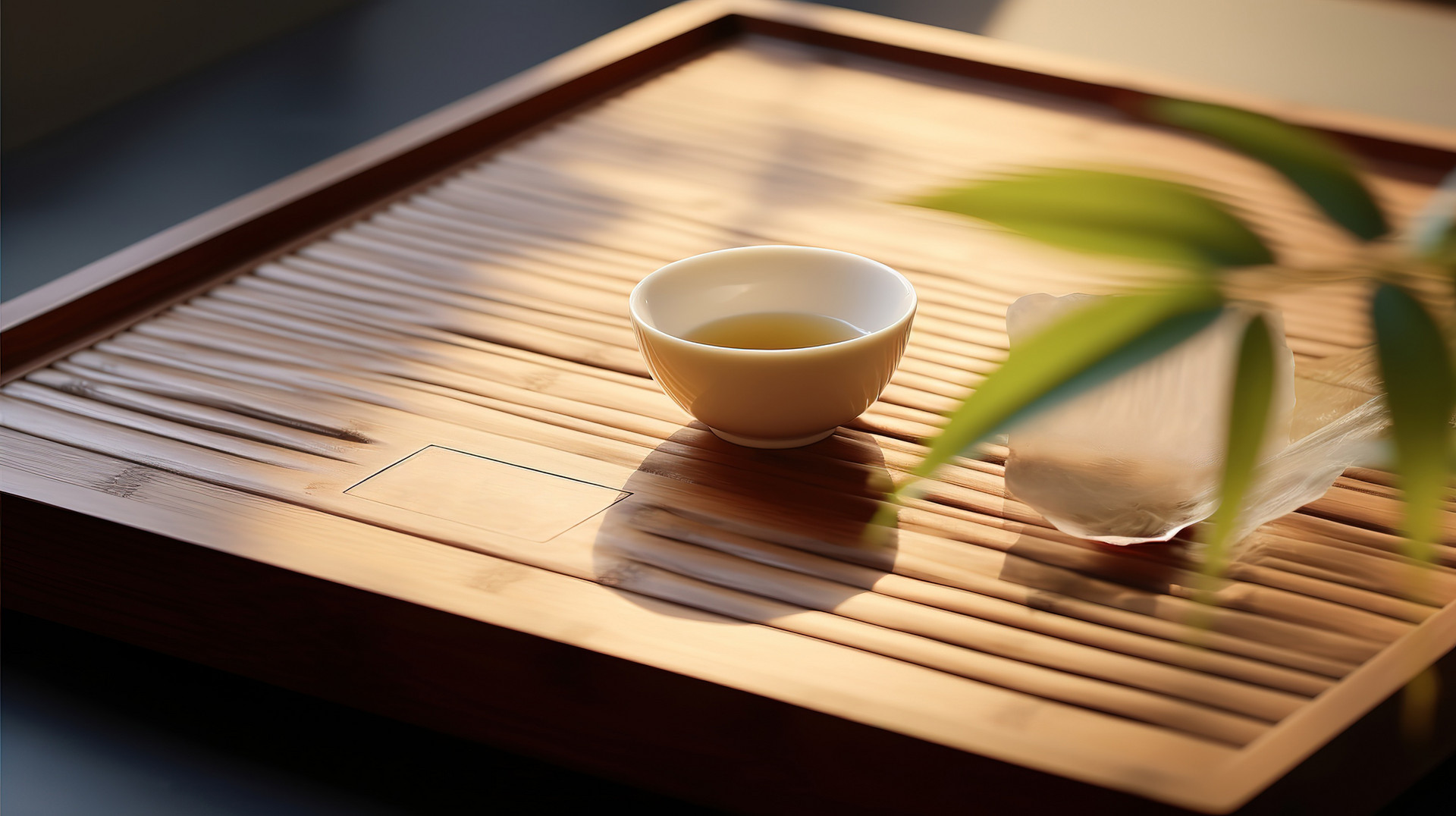
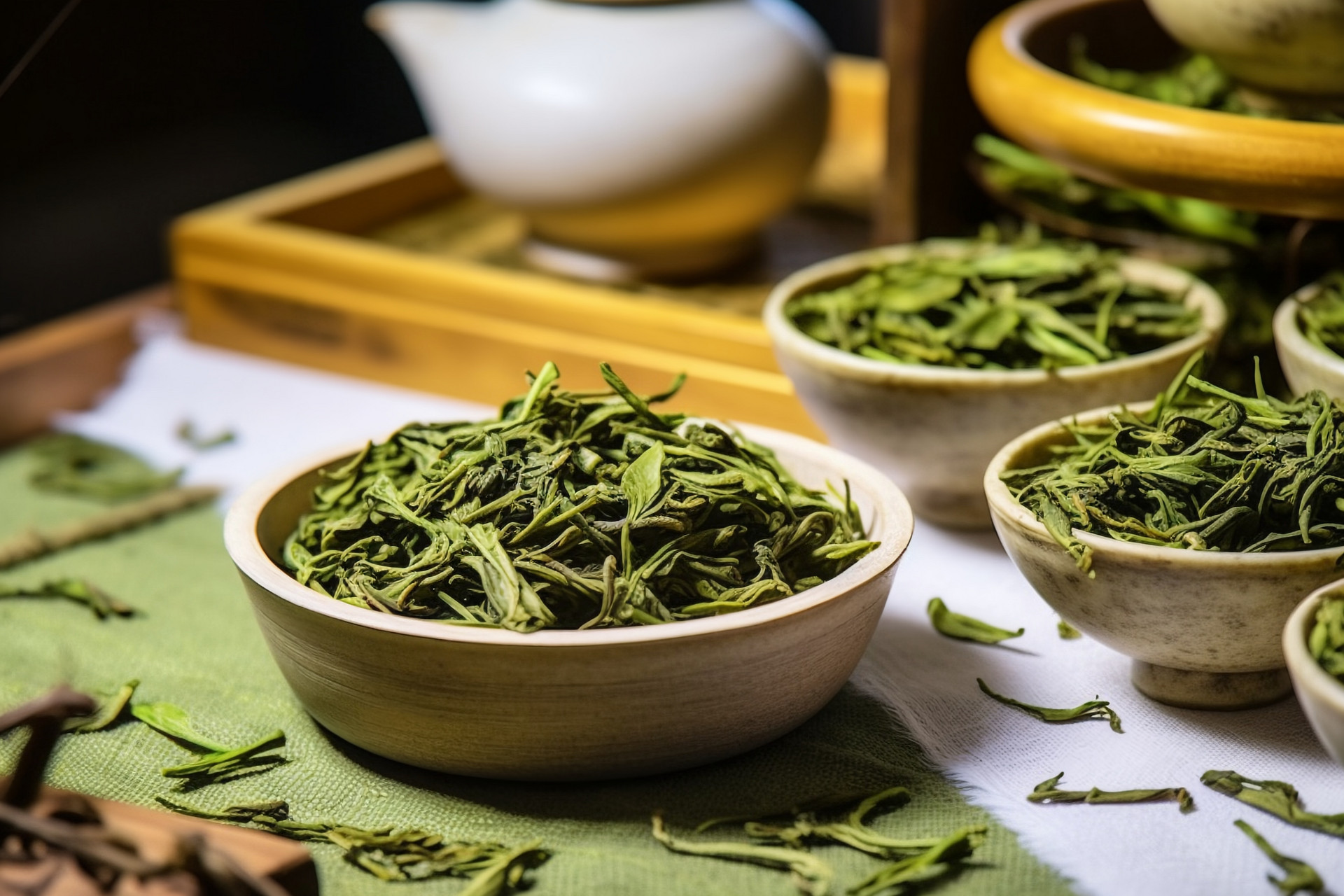
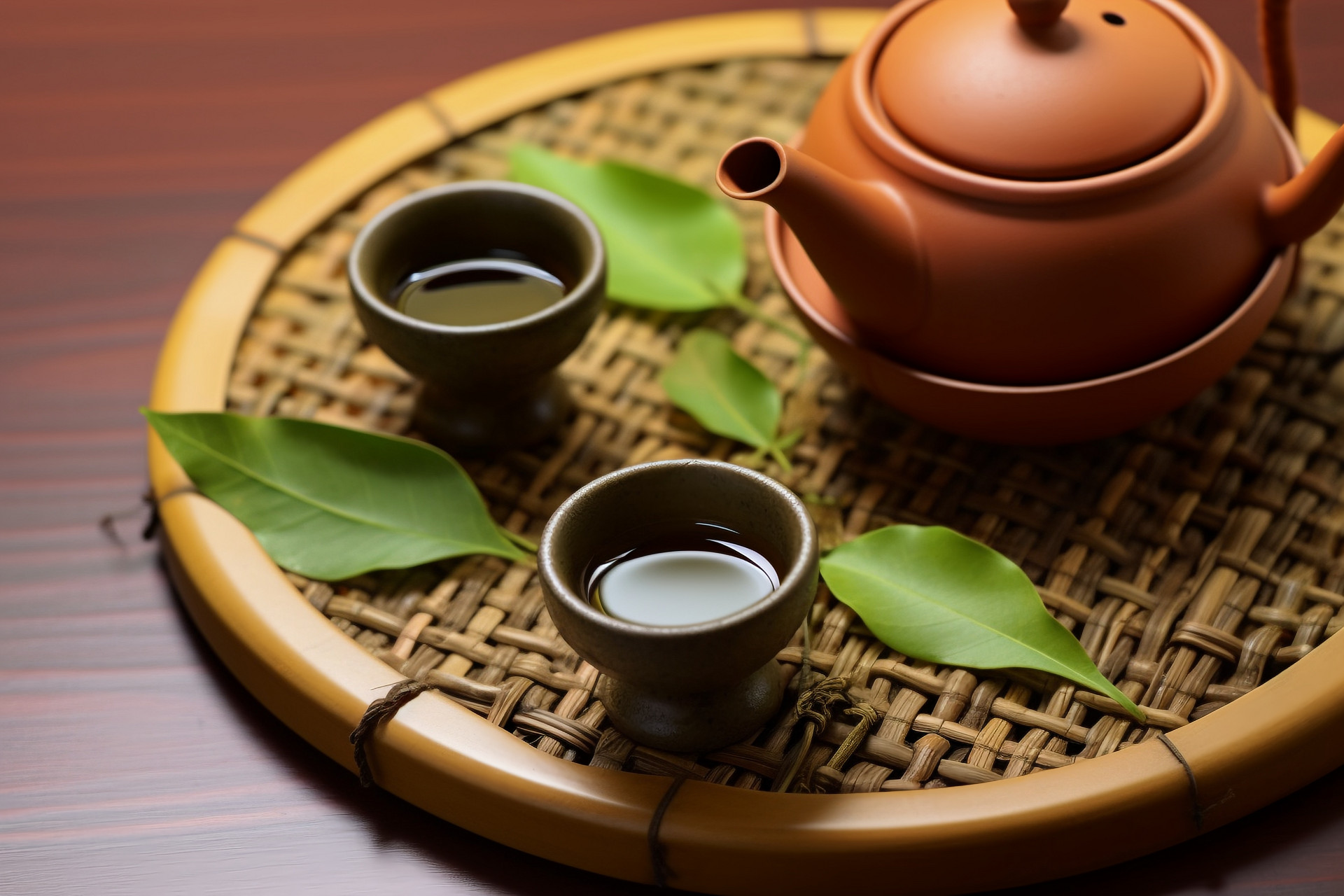
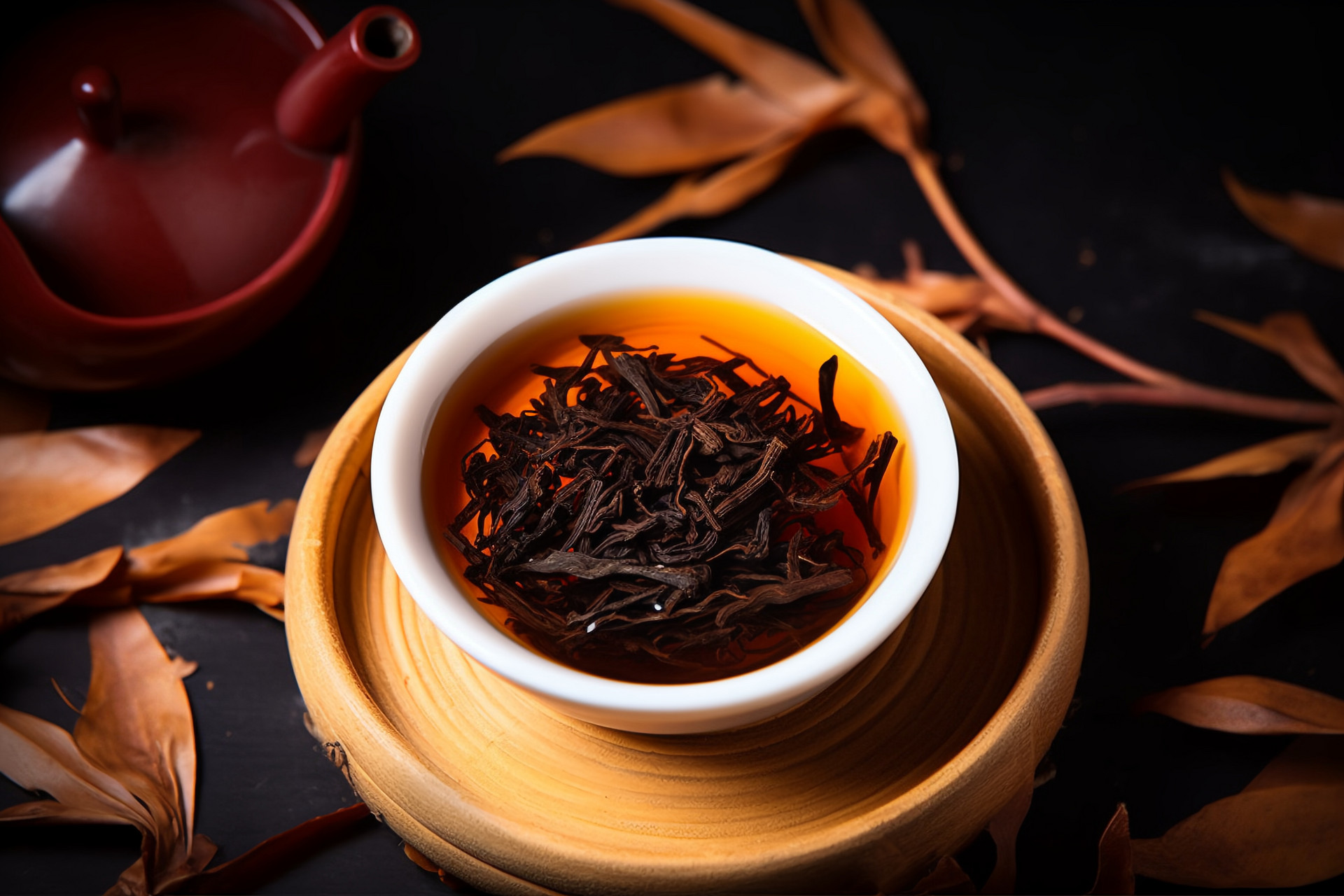
![[Herbal Wine Recipes for Health and Beauty]](https://tcmmaintenance.com/uploads/20240715/7241f6b6eafdaed88c28b26a37213964.jpg)